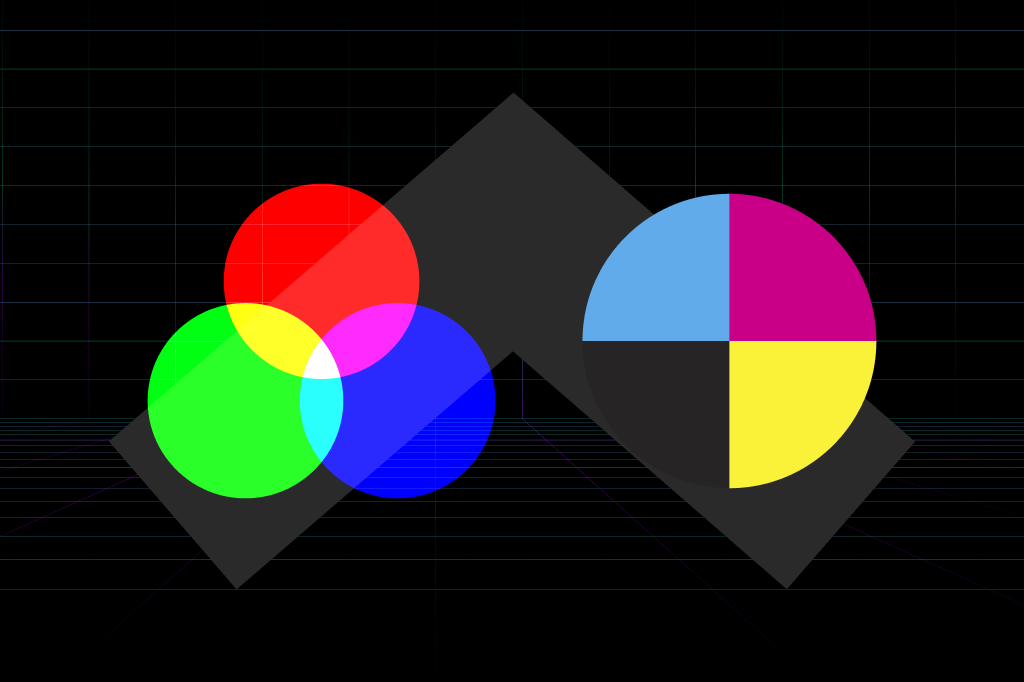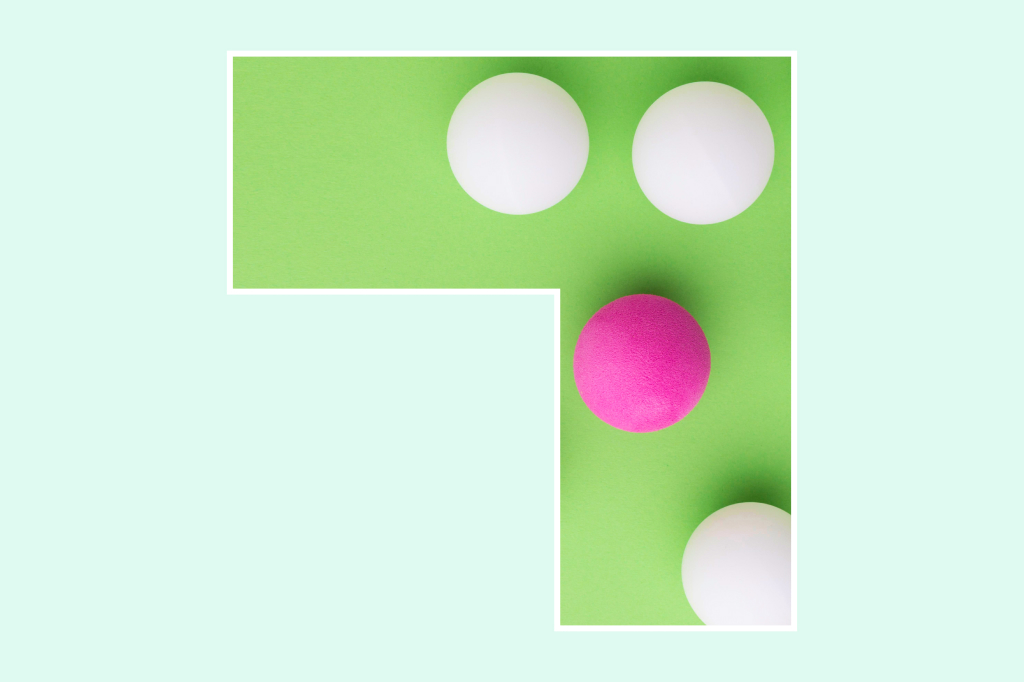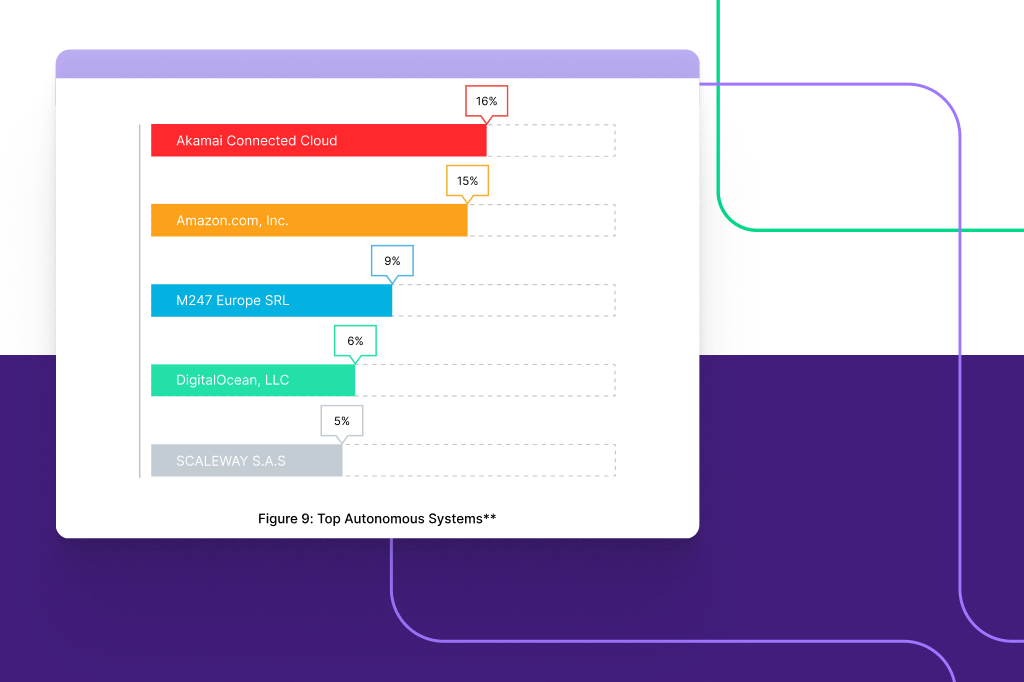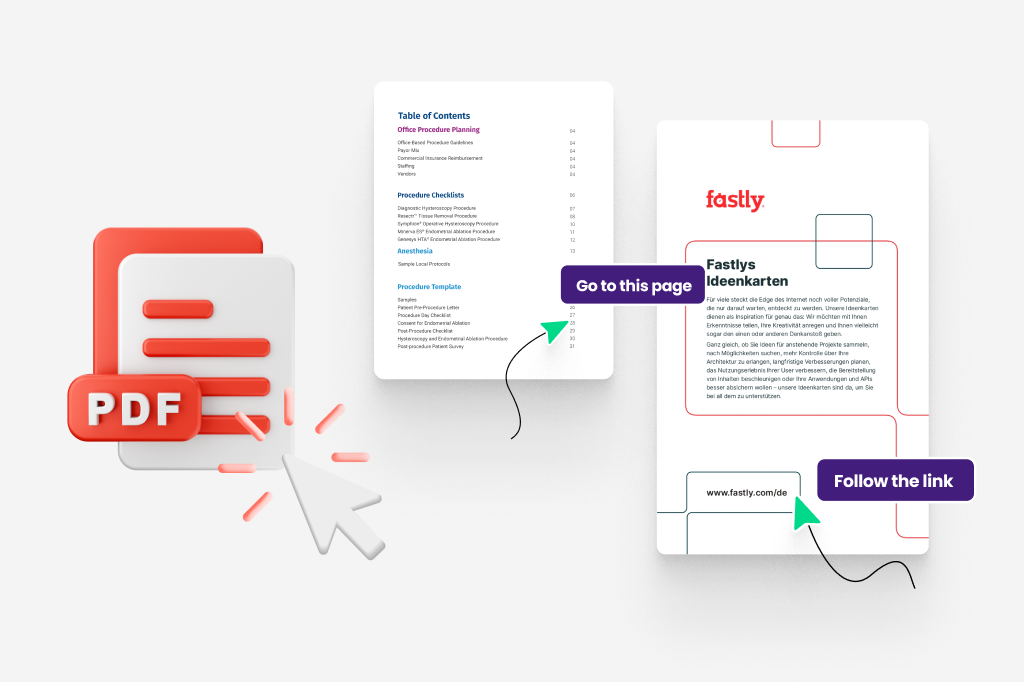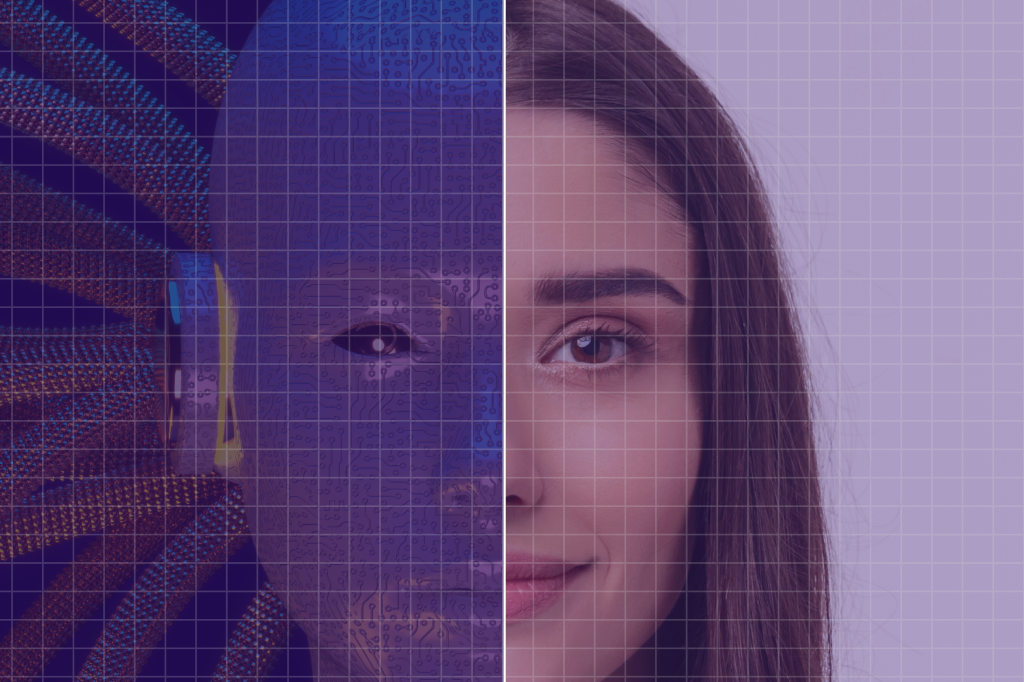
09/08/2023
AI Limitations: Embracing Human Insight for Effective Design Problem Solving
Humans have expressed themselves through art since the dawn of time. Over time, the mediums have evolved from sculptures, engravings, paintings, stonework, carvings, and stenciling to painting, drawing, and computer-generated imagery.
While the technique and medium have changed significantly, one thing has remained consistent across all art forms; the human touch. The same is valid for design problem-solving too. From product design to logos and branding, human creativity, attention to detail, and research are paramount to the success of a design project.
Enter AI (artificial intelligence). The $100 billion-dollar market, expected to reach $2 trillion by 2030, has created waves across all industries, including the creative ones. But does that mean AI will replace designers? The shower answer is No.
Ginni Rometty, IBM CEO, explained that he wouldn’t consider AI artificial intelligence but instead “augmented intelligence.” Simply put, AI is not “intelligent” enough to replace designers. Instead, it “augments” designers’ work by providing them with assistance and automation, which increases efficiency.
The main reason AI tools aren’t replacements for designers is the technology’s limitations, of which the inability to grasp context is the most impairing. Here’s a closer look at the limitations of artificial intelligence in graphic design and why human insights are absolutely mandatory in this regard.
Limitations of AI in Design
Let us preface this section by saying that AI is not entirely meritless in the graphic design industry. However, it cannot replicate a human designer’s emotional intelligence, originality, collaboration, creativity, attention to detail, communication with clients, and flexibility.
Here are some limitations of AI in design and why the technology falls short.
Inability to Understand a Client’s Needs
A client’s design needs are not mere prompts that you can feed a machine and call it a day. Instead, they comprise the client’s target audience specifications, pain points, business objectives, and market research. A designer has to account for all these factors to create a final product that fits the bill.
How would an AI tool work in comparison? It would take in all the information you feed it and create a design that matches your keywords.
Where does it fall short? Nuance. AI cannot grasp the nuances of a client’s requirements. Suppose a client’s target audience comprises young individuals who prefer bright colors and a playful vibe. AI might get the colors right, but you can’t say the same about the “vibe.”
Although AI may be familiar with recent pop culture terms and viral trends, it won’t “think” of incorporating them in the design. A human designer would.
Similarly, AI cannot ask questions when it’s in doubt. A human designer can clear ambiguities, resulting in a personalized design tailored to the client’s needs.
Lack of Objectivity
One might argue that AI is objective, but “it’s subject to human biases,” as explained in a Harvard publication. AI doesn’t inherently “know” things. It’s fed data that it then uses to make decisions, such as design creation.
Here’s the issue, though. The data often comes from public repositories, like the Internet and everyday literature. An AI model that learns from this data will also have biases that might be present in them.
An excellent example of how AI fails in objective thinking is Tay, the Microsoft chatbot that said it hates feminists “and they should all die and burn in hell,” along with hailing Hitler as right about Jews. The Verge described Tay, quite rightfully, as a “robot parrot with an internet connection.”
Microsoft’s idea was to create a chatbot that could use slang and speak like a teenager. For that to happen, the chatbot would also have to learn from the relevant demographic. So, it’s not entirely surprising that it spewed the same mindset as its training data.
The same happened with Amazon’s AI for recruitment. Amazon’s plan was to let AI go through resumes and choose the top options for hiring managers to recruit. However, since the model learned from cultural biases, it turned out to be quite misogynistic. It disadvantaged female candidates and predominantly preferred white males.
These examples make one thing quite clear; AI is not objective. AI’s subjectivity can significantly hinder the design process. Now, you might say humans are also subjective.
That’s true. But they have the ability to forego their biases to meet a client’s expectations and deliver optimal customer service. In fact, they can also leverage subjective decision-making to create memorable designs. An example of this is the #LikeAGirl campaign by Always. The company put its spin on the old-age insult, giving it a positive connotation to show female talent in sports.
An AI tool wouldn’t be able to do the same since it’s compelled by its design and training data.
Concerns About Originality
The concerns about AI plagiarism keep increasing with every new AI design software release. Who owns these designs? Can you call a design your own if AI generated it for you? It’s still a gray area.
The class-action lawsuits have started rolling in, with artists fighting against the three Cs of wrongdoings in AI design.
- Copyright: The artists did not consent to their copyrighted artwork being used in the AI models’ training data.
- Compensation: Artists did not get any compensation for the involvement of their work in the training process.
- Crediting: The AI designs did not credit the artists’ influences.
Similar concerns are also present in AI web design and graphic design. Nothing AI produces is exactly “original” since the technology uses its training data — original ideas of other designers — to create designs.
Think of it this way. You search for easy dinner recipes online and put together the top 50 from renowned chefs in a book. Does that make you a chef? Or an author? No.
You cannot deny the original chef’s influence, even if you tweak a few recipes here and there. Similarly, modern businesses should be reluctant to use AI-generated design for web development, motion design, branding, or illustrations. You don’t want to be slapped with a lawsuit, which will eventually cost you much more than it would have taken you to hire a human designer.
No Emotional Intelligence
Aesthetics are just a component of graphic design, not the entire crux. Yet, that’s the only aspect where AI seems to peak.
When it comes to research-based designs that resonate with the client’s target audience or evoke a certain feeling, AI lags behind human designers.
Let’s take the example of Gatorade’s “The Boy Who Learned To Fly” animated film from 2016. Telling the story of Usain Bolt, the fastest man in the world, the film did a great job of touching hearts across the globe.
Would AI have been able to create something like this? AI might have gotten the animations right if provided with detailed prompts. But what it would have failed to do is come up with the idea, give it a human touch, and make it emotionally appealing. Only a human designer can do that.
Human Experience in Design Problem Solving
Part of the reason AI isn’t a replacement for human designers is that it cannot “think.” Human designers can. They have the creativity, empathetic understanding, intuitions, and subjective decision-making it takes to create a design that gets the relevant message across.
It all starts with research. A significant part of the design problem-solving process is actually learning more about the problem. Suppose a client wants to rebrand because their current branding isn’t appealing to the audience.
An AI tool might churn out multiple options for the client to choose from. But a human designer will start with research first.
- Why is this branding not working?
- How does the top competitor’s branding look? Why does it work?
- Is the client’s branding outdated? Is it in line with the current trends?
- What’s the target audience like, and what do they want to see?
Based on this research, the designer can create an action plan on where to begin, what to slash out, and what to keep. Then comes creativity and intuition.
Creative professionals can use their intuition and emotional intelligence to solve many problems through design. For example, the designer could draw inspiration from a popular movie and use it to create an engaging story for the client’s business. They could make a continuation of designs that have previously worked well with the client’s audience.
Problem-Solving and Collaboration
Design does not always take a linear approach. In some instances, it makes sense to take a step back and look at the problem from a different perspective. A human designer will be able to think outside of the box and come up with solutions that an AI algorithm may not even consider.
Most importantly, human creative professionals can collaborate and communicate with fellow designers, clients, and other stakeholders. They can brainstorm ideas and exchange feedback to create stellar designs.
Often, these human interactions communicate ideas through nuances and non-verbal cues rather than words. Only a human creative can “decode” this information and present it in their design.
Leveraging AI as a Design Tool
As already mentioned, AI cannot be completely ruled out when it comes to future graphic design trends. Graphic design programs will only get more intelligent in the future, and we’re sure to see more advanced AI graphics.
However, that doesn’t mean businesses or design agencies can replace creatives with AI. Instead, designers can use AI as a complementary tool in their design process. Here are a few examples of how to accomplish this:
- Design Prototyping: AI design tools can speed up prototyping. A designer would have to scan a few sketches and enter parameters to activate specific UI components that align with an organization’s design system.
- Localization: Designers often have to do repetitive tasks like localizing a graphic in multiple languages. AI tools can help them save time and resources by translating and localizing graphics. The designer only has to create the master version, which will then be localized to different regions by AI. Netflix is already doing this with its show banners.
- A/B Testing: Instead of creating several design variations by hand, designers can use AI tools to develop multiple design versions to determine which one works best for a particular goal (e.g., higher click-through rate or user engagement). AI can also generate infinite visuals based on criteria like patterns and shapes that designers can use as graphic elements for various use cases, like product packaging or web design.
- Virtual Automation: An AI-powered virtual assistant can assist designers with repetitive and mundane tasks. For example, it can resize an image or correct all typos in your work.
Conclusion
Will AI change design industry? Certainly.
There are both pros and cons of AI in design. The wise choice is to take the middle ground. As a designer, it’s no longer possible to deny the impact of AI in your field, nor is it wise to do so.
Instead of seeing AI as a competition, consider it an assistant in your design projects. For instance, use AI for time-consuming, repetitive tasks like localizing a design to multiple languages, looking for information in a database, creating several variations of a design, or automating small tasks.
Having said that, artificial intelligence design software won’t be able to replicate the human touch. It may help speed up the process, but you cannot expect to create impressionable design-backed campaigns with artificial intelligence graphic design.
For that, businesses will have to count on human creatives and their ability to create context-based and emotionally resonating designs. Looking for something along these lines for your brand? Reach out to us now and gain access to expert assistance for all your design needs.
